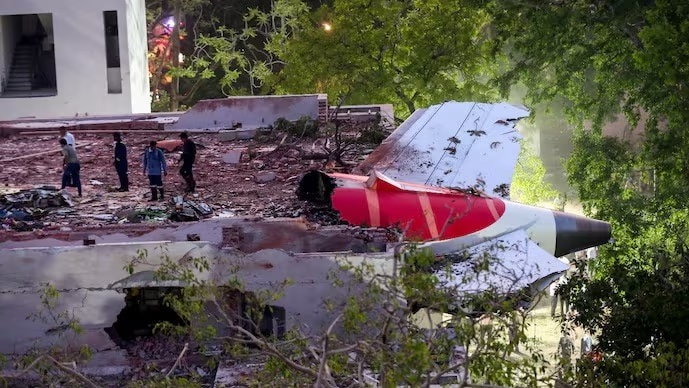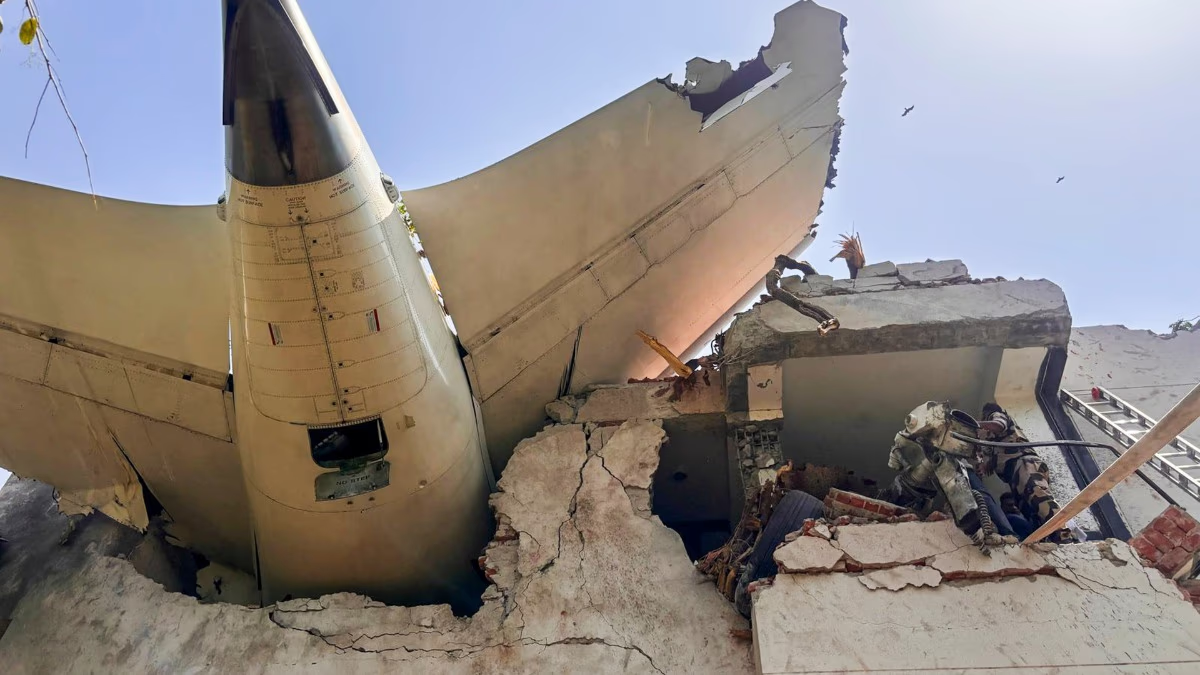The preliminary investigation report for the Air India Flight AI171 accident has been released, bringing forth startling facts. According to the report from the Aircraft Accident Investigation Bureau (AAIB) of India, both engines abruptly shut down mere seconds after takeoff, causing the plane to slow dramatically before it crashed.
During this time, a conversation transpired between the pilots. One pilot asked, 'Why did you shut off the fuel?' to which the other responded, 'I did not.' Shortly after this exchange, the plane began to decelerate and subsequently crashed into a medical college building.
The AAIB of India delved into the causes of the accident, issuing a 15-page report as a preliminary investigation. This report not only unveils technical causes but also raises new questions because of the final communication between the cockpit crew.
The Boeing 787-8 Dreamliner took off from Ahmedabad Airport and, in just seconds, failed engines caused the aircraft to collide with the B.J. Medical College hostel, leading to a catastrophic accident.
The Air India flight was bound for London from Ahmedabad on June 12 when tragedy struck, claiming the lives of 260 individuals, including 241 passengers and crew members, alongside 19 other citizens.
Simultaneous shutdown of both engines...
Immediately after takeoff, the fuel cutoff switches for both engines moved from 'RUN' to 'CUTOFF' status within a split second, completely diminishing their thrust capacity. The aircraft then directly fell onto the medical college's hostel in Ahmedabad, resulting in severe loss of life and property.
Startling cockpit conversation
Recorded moments before disaster, a pilot asked, 'Why did you shut off the fuel?' and the other replied, 'I did not.' This dialogue hints at either technical malfunction or human error. CCTV footage showed that the emergency power supply system (RAT) activated shortly after takeoff, which typically happens when engines shut down.
The fuel switches were re-engaged
Engine 2 briefly resumed operation, although Engine 1 could not stabilize. The report mentioned no evidence of bird strikes, ruling out this as a cause.
Data retrieved from EAFR
Data from the Extended Airframe Flight Recorder (EAFR) mounted at the front of the aircraft was successfully extracted, although the rear recorder sustained significant damage. The report states that no warnings or advisories have been issued by Boeing or GE engine manufacturers as the true cause remains under investigation.




